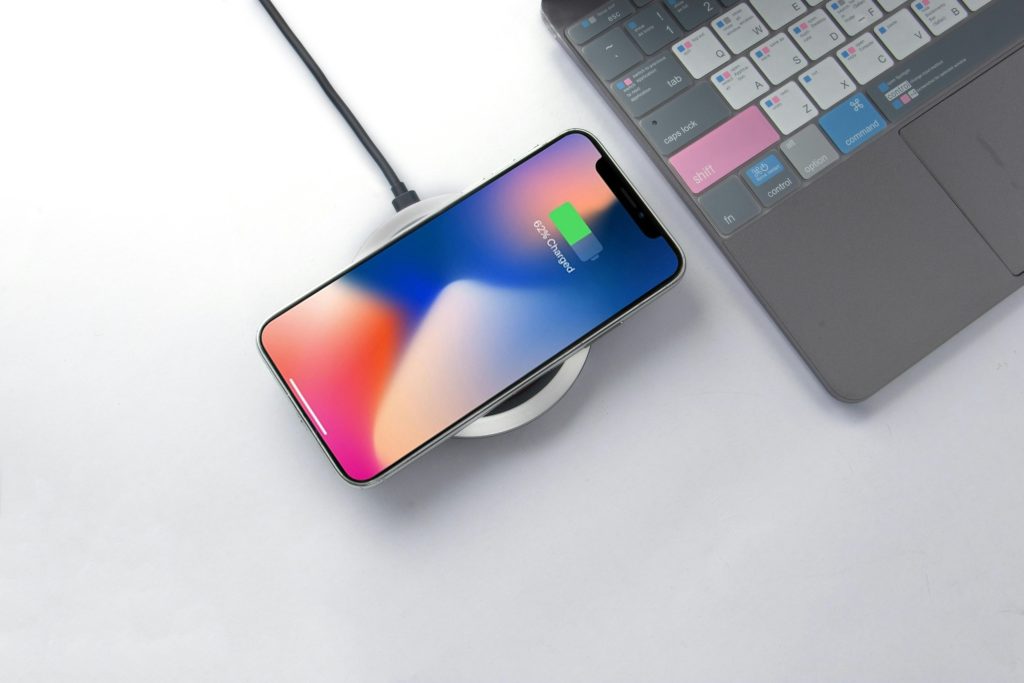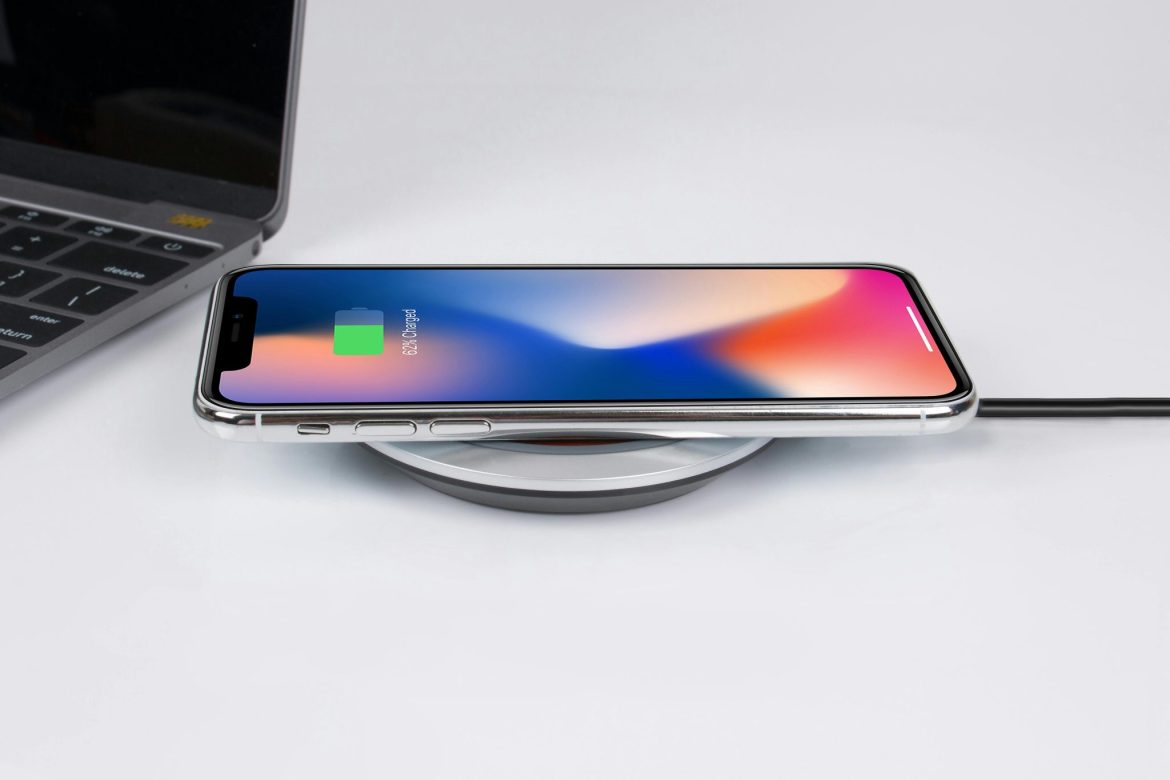Table of Contents
Wireless charging has become a popular and inventive technology that makes it easier to power our electronic gadgets. Wireless charging provides a smooth and effective way to recharge smartphones, tablets, wearable technology, and other devices by doing away with the need for cables and connectors. This article explores the fundamentals of wireless charging, its technological developments, advantages, and environmental and user concerns.
How Wireless Charging Works
Wireless charging, sometimes referred to as inductive charging, transfers energy between a compatible device (receiver) and a charging station (transmitter) via electromagnetic fields. There are two primary parts to the process:
1. Transmitter (Charging Pad or Mat)
An electromagnetic field is produced by the transmitter by passing an alternating current (AC) through an induction coil.
2. Receiver (Device)
The receiver, embedded within the device or attached as a case, contains a coil designed to resonate with the transmitter’s electromagnetic field. This causes a current to flow through the coil of the receiver, which is then transformed into direct current (DC) to charge the battery.

Types of Wireless Charging Technologies
1. Inductive Charging
The most popular type of wireless charging is inductive charging. Energy is transferred between the transmitter and receiver coils using electromagnetic induction. Inductive charging pads or mats are used by gadgets like smartphones and smartwatches, and they need to come into physical contact with the device in order to charge.
2. Resonant Charging
The transmitter and receiver coils’ alignment flexibility and distance are improved by resonant charging. More convenience is offered because it enables devices to charge even when they are not exactly lined up with the charging pad. For charging numerous devices at once on larger charging surfaces, this technology is perfect.

Advantages of Wireless Charging
1. Convenience and Ease of Use
Wireless charging eliminates the hassle of dealing with tangled cables and connectors. Users simply place their compatible device on a charging pad or surface to initiate charging, making it a convenient solution for home, office, and public spaces.
2. Extended Device Lifespan
Over time, charging ports may become worn out from frequent cable plugging and unplugging. Smartphones and other electronics may last longer thanks to wireless charging, which lessens wear and tear on device ports.
3. Enhanced Safety
Wireless charging lowers the possibility of electrical shocks and short circuits because there are no exposed electrical contacts. Additionally, it reduces overheating problems that are frequently linked to conventional charging techniques.
4. Aesthetic Appeal
Users can match their charging stations with the decor of their homes or offices thanks to the wide variety of designs, materials, and colors available for wireless charging pads. The overall user experience is improved by this visual appeal.

Considerations and Challenges
1. Efficiency and Speed
Generally speaking, wireless charging is slower than wired charging, particularly in modern consumer applications. Technological developments are constantly increasing the efficiency and speed of charging.
2. Compatibility and Standards
Not every gadget has built-in wireless charging capability. Device models and wireless charging standards (like the Qi standard) can cause compatibility problems. For best results, users should make sure their devices are compatible with Qi-certified charging pads.
3. Heat Generation
The temperature of the device and battery may be impacted by heat produced during wireless charging. Maintaining device performance and battery life requires proper ventilation and thermal management.
Environmental Impact and Sustainability
1. Reduction in Cable Waste
Wireless charging reduces waste and supports environmental sustainability by eliminating the need for throwaway charging cables.
2. Energy Efficiency
The energy efficiency of wireless charging systems is being improved. Electricity consumption is decreased and energy conservation is aided by technologies like automatic power shut-off when devices are fully charged.
3. Lifecycle Considerations
To reduce their negative effects on the environment, wireless charging devices should only use recyclable and ethically sourced materials and components. Eco-friendly methods are being used by manufacturers more and more in the creation of their products.
Future Trends and Innovations
1. Integration into Furniture and Vehicles
Wireless charging technology is being integrated into furniture, vehicle consoles, and public infrastructure, offering seamless charging solutions in everyday environments.
2. Increased Charging Speeds
The goal of ongoing research and development is to improve wireless charging systems’ efficiency and charging speeds so they are more comparable to wired charging techniques.
3. Expansion of Applications
Beyond consumer electronics, wireless charging is being explored for medical devices, electric vehicles, and industrial applications, promising broader adoption and innovation in the future.
Conclusion
Wireless charging is a major technological advancement that benefits users in terms of convenience, safety, and aesthetics. Efficiency and compatibility issues are among the present obstacles, but continuous advancements and standardizations are opening the door for broad adoption. Wireless charging has the potential to completely change how we efficiently and sustainably power our devices in the digital age as technology advances.


